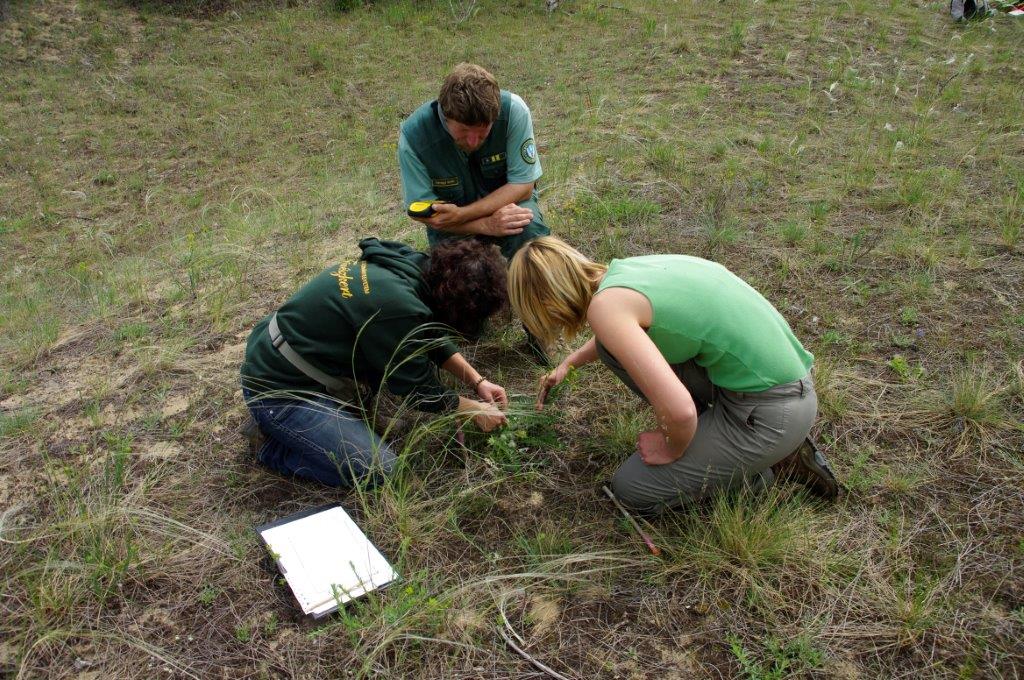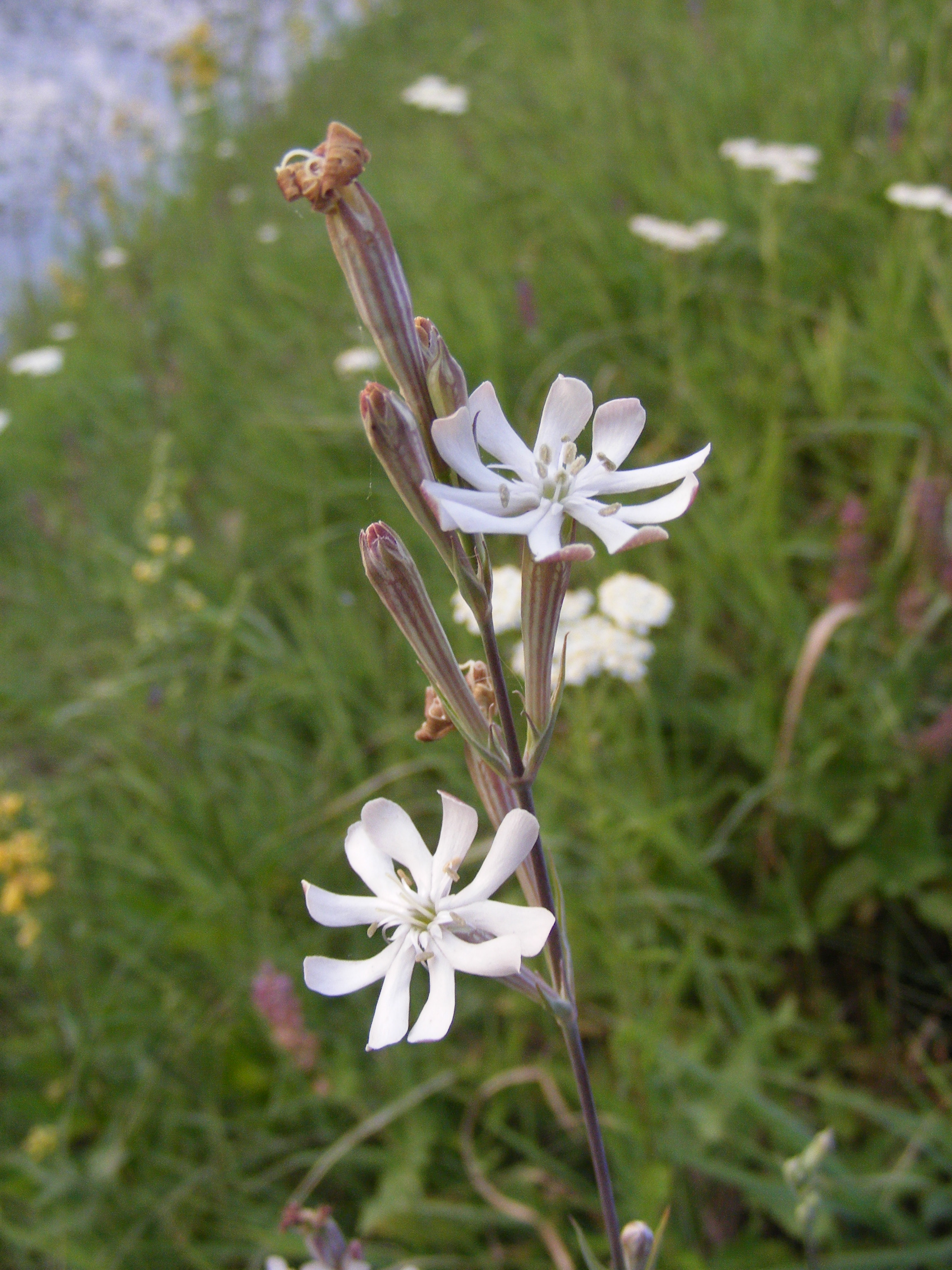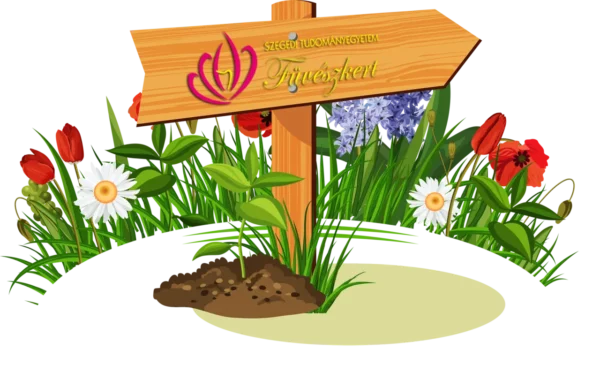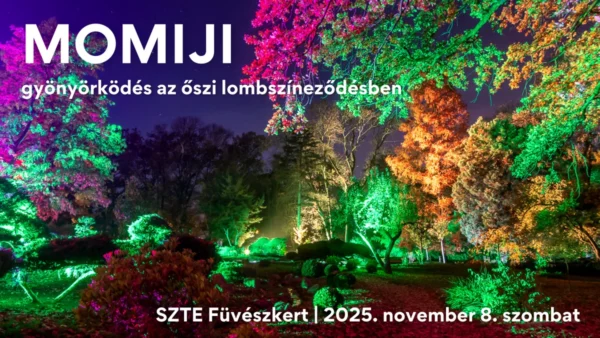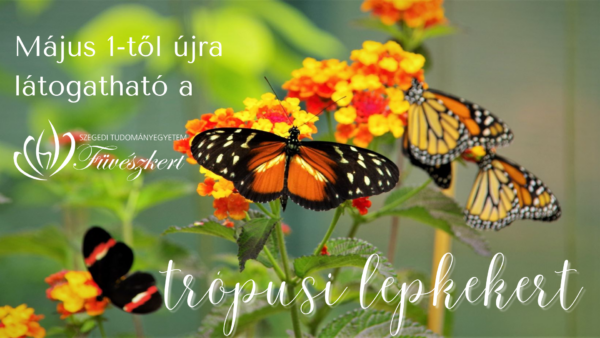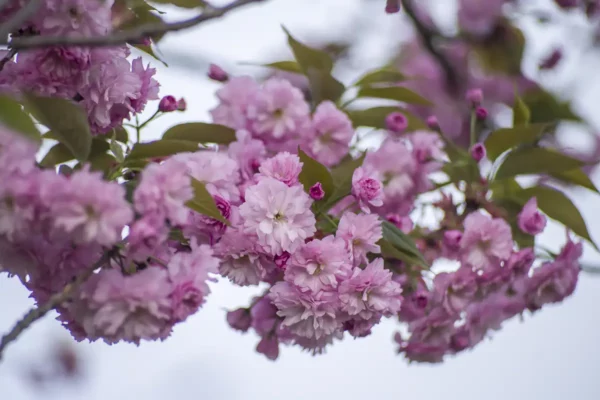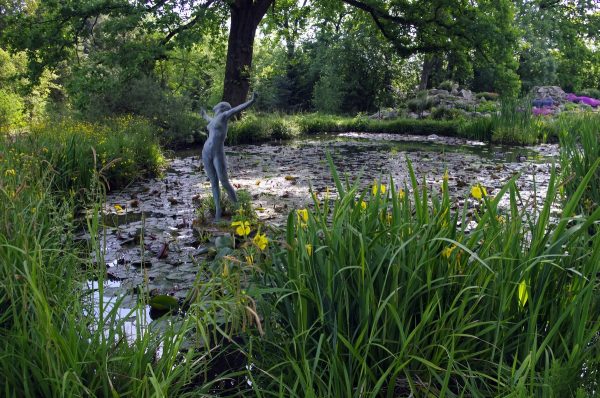Would you believe that six Hungarians are carrying out work of international importance in Viharsarok, which most people know nothing about?
So what is this? What is their purpose? Restoration and rescue of loess grasslands.
This raises many, many more questions. Let's start with the basics.
WHAT IS LÓSZPÜZTAGEP AT ALL?
The Pannonian loess grassland used to be the most characteristic plant association of the Southern Tisza. These grasslands have now become the most threatened habitat types in the country. This special plant community develops on Chernozem soil (black soil to you). However, due to their excellent soil properties, these areas have been brought under almost complete arable cultivation. So today, the grasslands have completely receded, and we can still find them in remnant patches on meadows along county and settlement borders, occasionally on mounds, earthen castles, and on the edge of loess walls.
The workers of the Botanical Garden of the University of Szeged are working against their complete extinction and plunging into obscurity with sacrificial work, with the full dedication of their hearts and souls. Among their characteristic species, we can mention such protected plants as, for example, the blue atracel, spring heather, tuberous cat's-eye, sowflower, dirty sedge, stemless sedge, gór sycamore, wild rose, fat agave, maidenhair flower, desert sedge, etc.
In Hungary, from the desert vegetation, only the loess steppe lawns were created due to climatic effects. They once occupied quite a large area of the country (about 8%). Did you know? Don't worry, neither do I.
The dirty tendril (Ajuga laxmannii) loess desert relict species
About the project - Restoration of loess grasslands in the Körös-Maros National Park
In order to save the loess grasslands, a KEHOP project with a budget of more than 83 million euros and a 5-year implementation period was launched in the area of the Körös-Maros National Park (KMNP). Last year, the implementation of the project was announced at a briefing held at the Körösök Valley Visitor Center in Békéscsaba, attended by dr. László Tirják, director of KMNPI, Anikó Németh, director of the Botanical Garden of the University of Szeged, and Judit Sallainé Kapocsi, ecological supervisor of KMNPI.
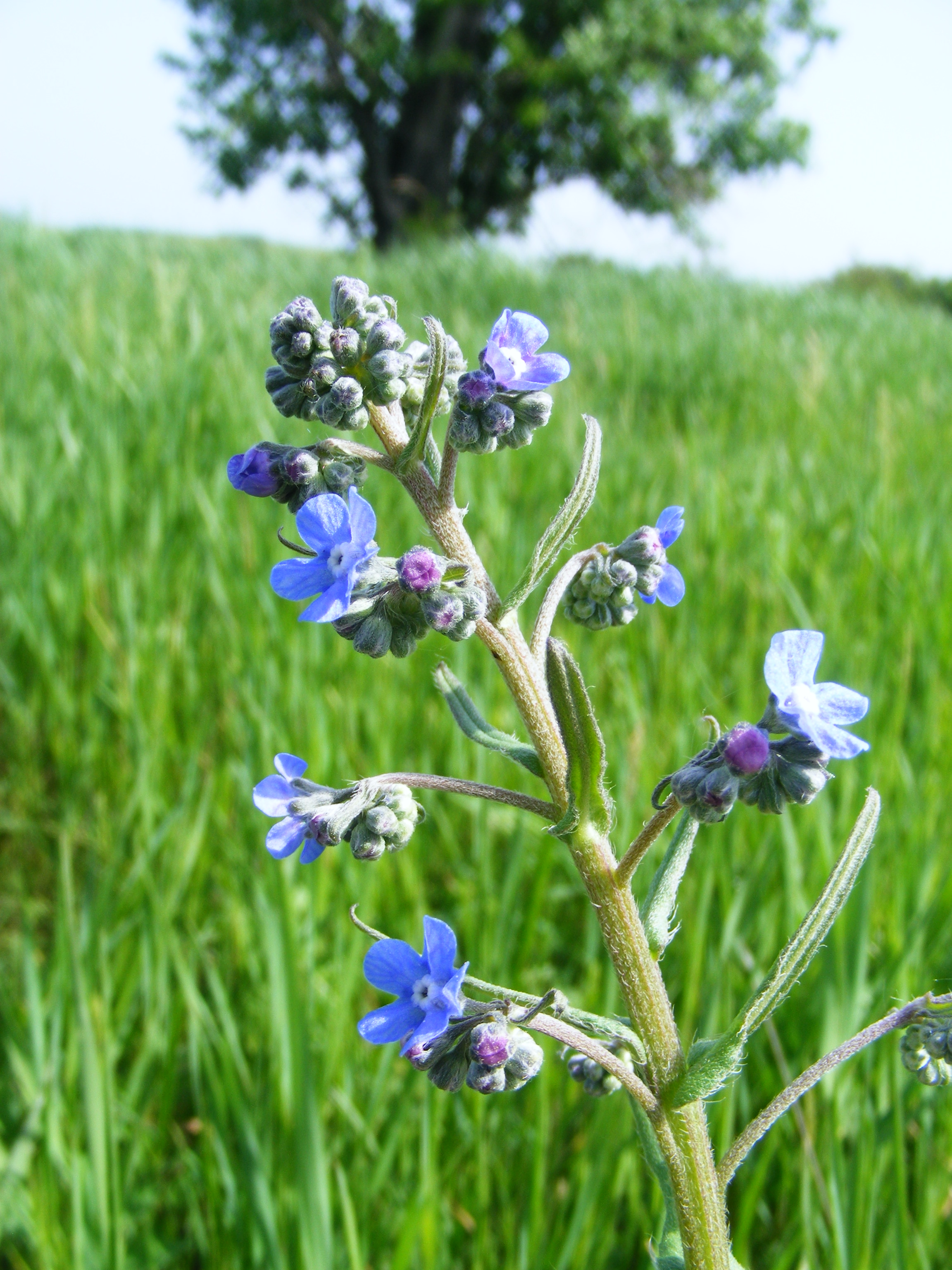
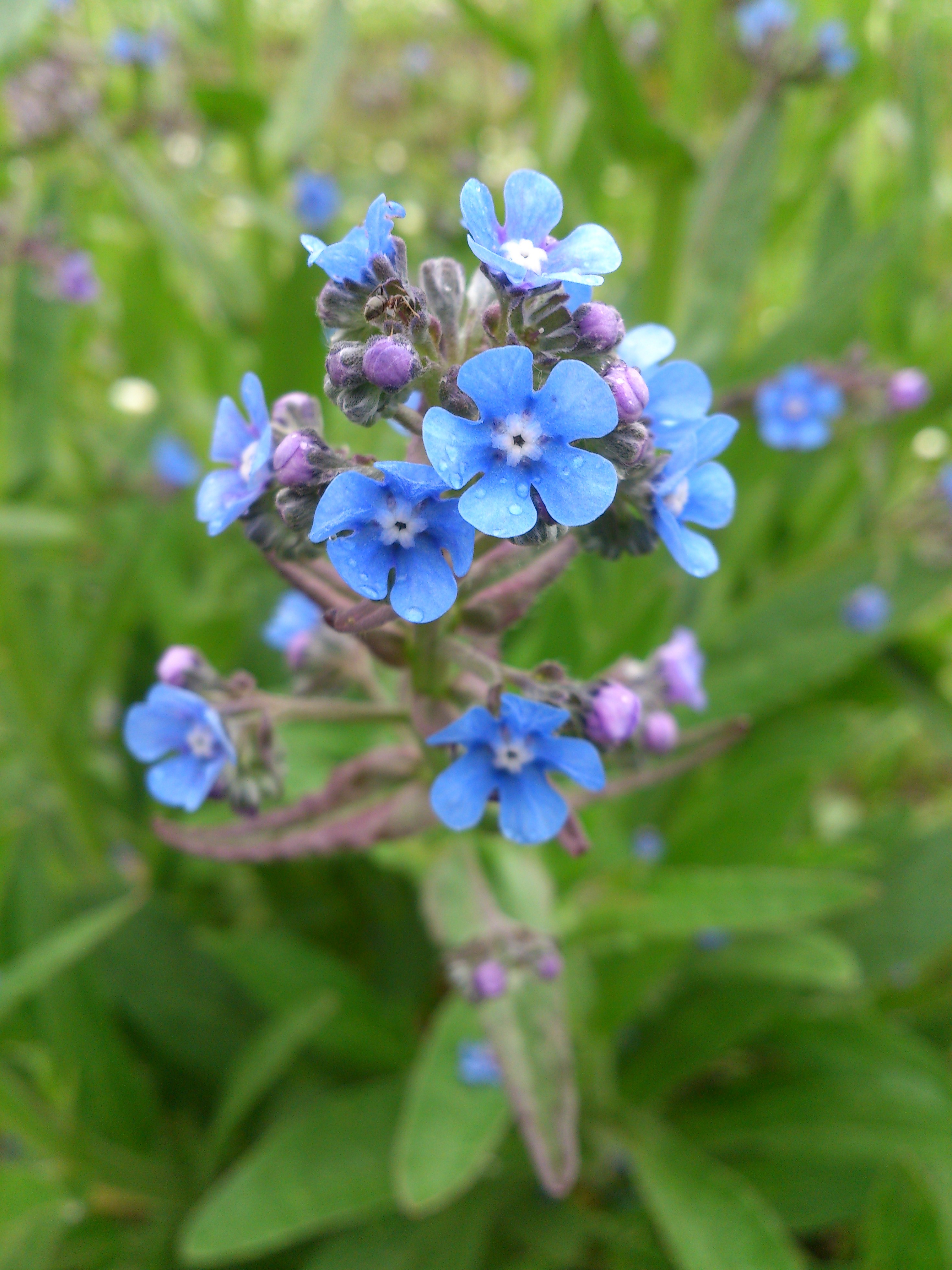
As part of his project, which began in 2017, 160 hectares of the grasslands in question will be redeveloped.
They must implement the propagation of a total of 83 valuable, endangered loess grassland plant species (including 19 protected and 52 regionally endangered species) within the framework of the five-year project. The work begins with the collection of seeds from the habitat, where the plants are located, 255,000 seeds are collected. These seeds are used to grow seedlings - almost 25,000 - which are planted later. (Does 30 tomatoes seem like a lot at home to you?) At the same time, seeds will also be released into habitats. The success of this program provides an opportunity for future generations to get to know the original vegetation, the loess grasslands, and its characteristic species.
Anikó Németh welcomed Gardenista.hu's inquiry - despite having a lot of work to do - because, according to her, "this project is close to their heart". In the following, we asked him how the work is progressing and what happened in the past year.
Gardener: The SZTE Botanical Garden already had a similar Life Nature project, which also lasted for 5 years, in order to save the permanent carnation stock of the Kiskunság National Park. The aim of that project was to stabilize the situation of the permanent carnation population and to prevent population decline caused by habitat loss and population isolation. I assume that the experience of this project will greatly help this work as well. Can the experience be easily transferred to this project?
Aniko Németh: Of course, the experience of all similar work helps, but you should know that at the time it was a plant species living on a sandy lawn, of which we propagated and planted nearly 20,000 specimens, so a lot of individuals of one plant species. Now, however, we have to reproduce individuals of several species characteristic of another habitat, the loess grass. The development of the horticultural background in the previous work is a great help even now, however, finding individuals of countless rare plant species in the field and collecting mature propagules suitable for propagation from them is a more complex task.
Literary data on the propagation methods of indigenous plant species are rarely found, so their propagation methodology must also be developed in this work. In addition, resettlement is not easy, since the aim of creating plant collections is not only to imitate natural patterns, but also to ensure the possibility of subsequent monitoring. What helps us even more than the LIFE Nature project is that we also participated in a habitat restoration project very similar to the current one in 2011-2012 on behalf of the Körös-Maros National Park Administration. At that time, we planted nearly 6,000 individuals of 32 loess grassland plant species on abandoned fields. There is an overlap between the plant species, so the experiences gained then help our current work.
DID YOU KNOW?
Propagation of protected plants is prohibited by law in Hungary. Of course, there is an exception to this: protected plants can be propagated with a national park permit, which of course is only and exclusively granted to exceptional projects (such as this one).
Gardener: What have you been doing for the past year? How did you start working? Have the goals set so far been achieved?
Aniko Németh: In the past year, the primary task – in addition to the meticulous planning of the project – was field seed collection. For this, in addition to our own data, the employees of the KMNP Directorate provided us with occurrence data. After finding the plants, we tried to collect the right amount of seeds from them at the time of fruiting and seed ripening, which is no small task, considering that they are rare species that occur in few places. The field collections were followed by laboratory work, seed cleaning, counting and preparation for sowing. The winter period is suitable for preparing the seeds and starting the sowing of seeds in the light chamber. The tasks planned for the first year were completed, and the autumn sowing went well. We collected the seeds of 68 species and these prove to be sufficient for the reproduction of individuals of the 62 species undertaken for the year 2018.
Gardener: What can we expect in the next four years? Are the commitments sustainable?
Aniko Németh: The theme of the following years is similar to the previous one, i.e. the summer period is filled with field seed collection, and the autumn, winter and spring periods are filled with plant propagation. The first resettlement will take place in the fall of 2018, and from then on, the propagated plants and collected seeds will be replaced every fall. Nature always has surprises in store, so it may happen that it is not possible to collect enough propagules from certain plant species (e.g. marigold) or that the wasteland designated for restoration is not suitable for resettlement after all. In such cases, we have to deviate from our planned plans and try again next year.
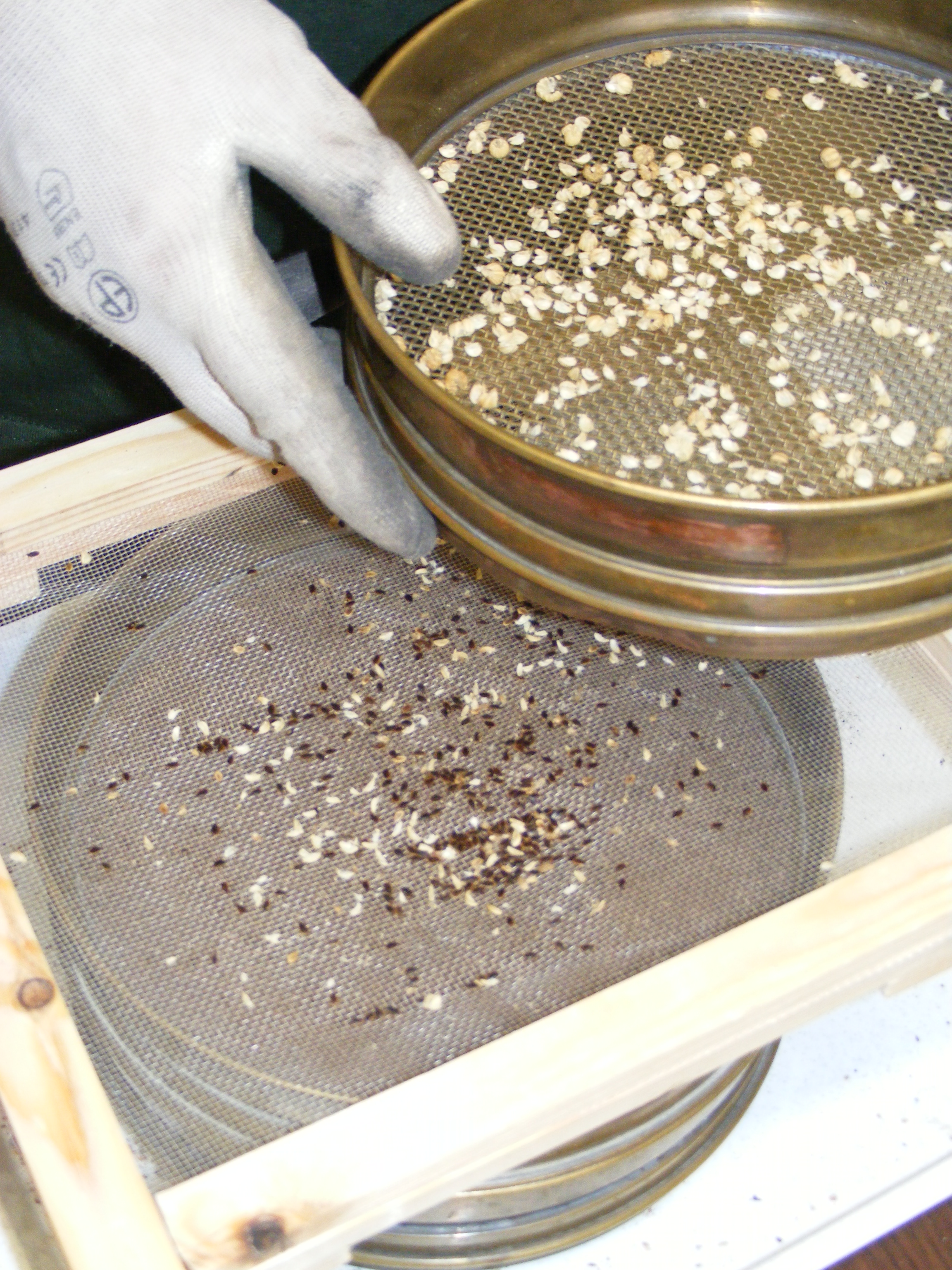
Field collections are followed by laboratory work, such as seed cleaning. (photo source: Anikó Németh)

After the seed cleaning comes the counting and storage until they are used. (photo source: Anikó Németh)
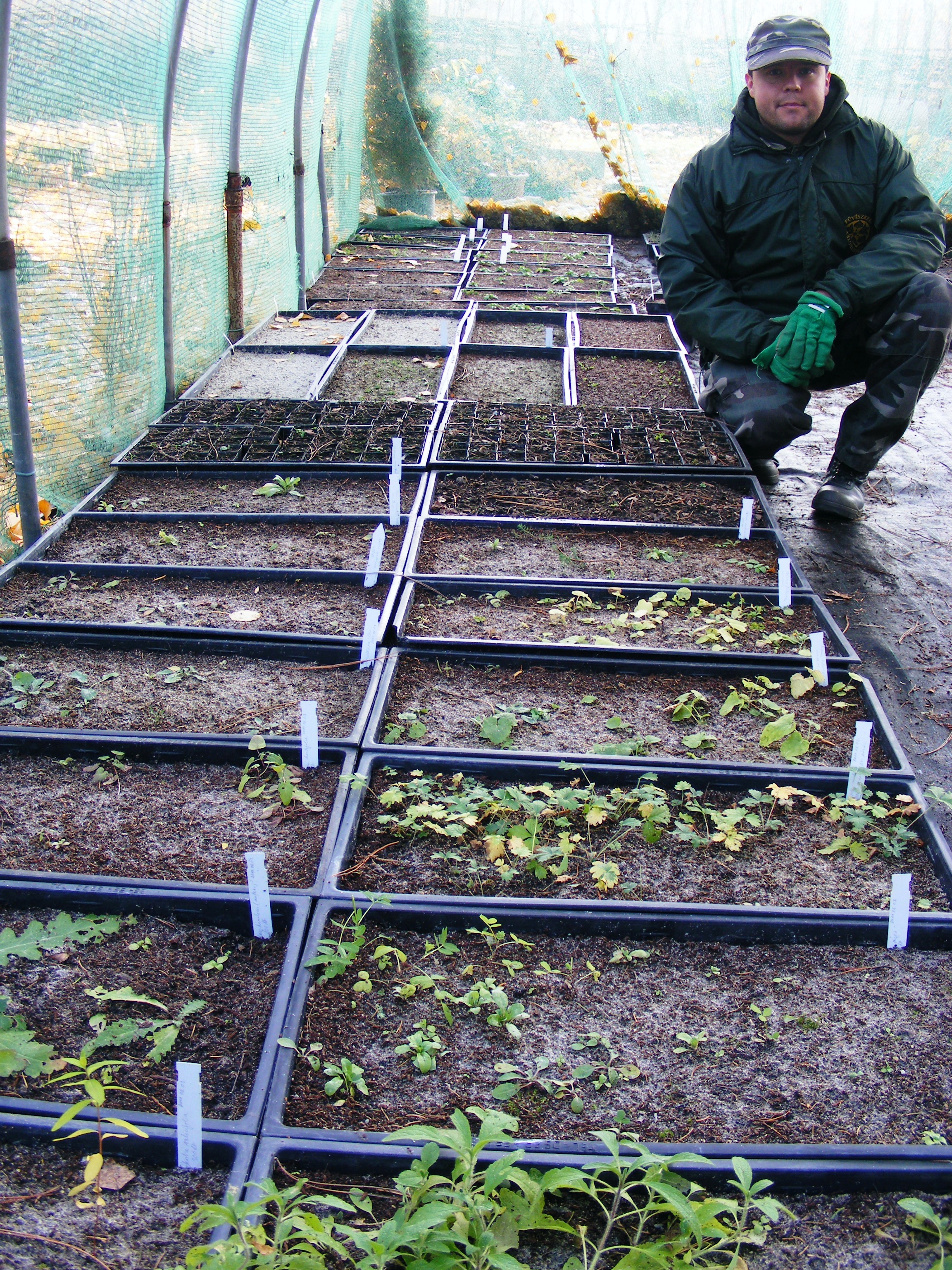
Plant propagation, seedling cultivation. (photo source: Anikó Németh)

The winter period is also suitable for starting seed sowing in the light chamber. (photo source: Anikó Németh)
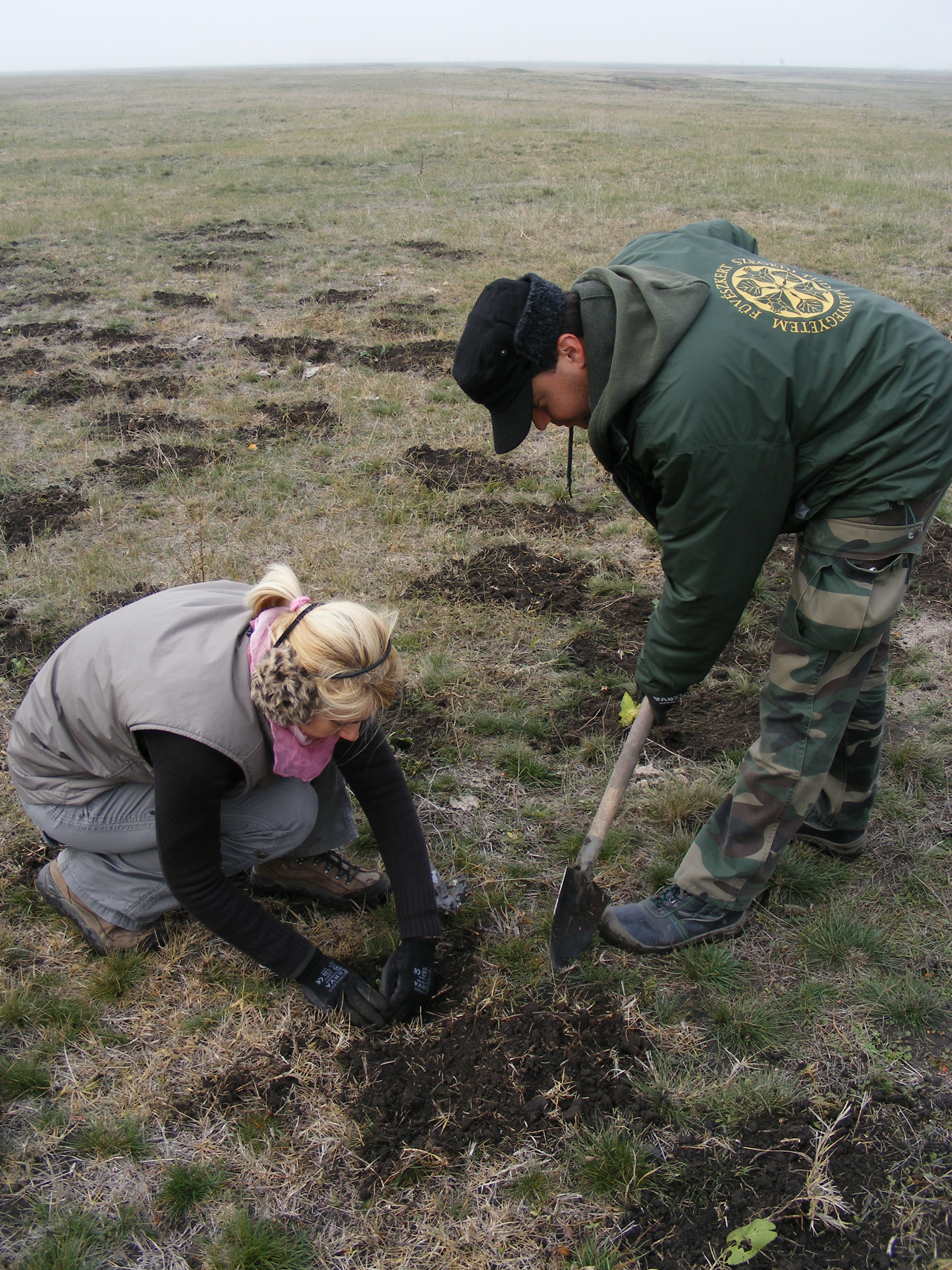
In the field. (photo source: Anikó Németh)
Gardener: In what area is the seed collection taking place and how much area does the project affect? Are the sites, i.e. habitats, arranged in a mosaic? Is the project aimed at expanding and/or connecting them? In what area will replenishment, seed scattering and planting take place?
Aniko Németh: The seed collection covers the Körös-Maros area, the Békési and Csanádi ridges, and as a rule, we no longer collect from areas further than 35 km from the resettlement site. 9 areas of the Csanád wastelands, Kardoskúti Fehértó, Tompapusztailöszgyep and the Kígyós wastelands were affected by the resettlement. In these areas, we designate spots suitable for resettlement, which are usually 50x50m in area (to help with later monitoring - we monitor the survival and reproduction of plant individuals for years). During the resettlement, we take into account the species set typical of the area, and we want to ensure that the plant species, with their reproduction, help to stabilize the species of the area and increase the diversity of the area. The most important goal is to expand the species pool of liberated loess grasslands more widely, to provide an opportunity for the regeneration of the most valuable grasslands rich in loess grassland species by creating a quasi-network.
Gardener: What kind of equipment and materials is this project? How many of you are working on this project?
Aniko Németh: Plant propagation works require the most equipment, and field collection requires many field days and field visits. 6 people participate in the project.
Gardener: What does this project mean to you personally and to the employees of the Botanical Garden?
Aniko Németh: Field and horticultural knowledge of rare and endangered plant species greatly contributes to botanical research. In addition, active nature conservation work is an integral part of the international expectations placed on botanical gardens, so I can say that we are doing important work for the wildlife and society during the project, which is also of great importance internationally in our country. If we achieve success with a rare plant species, it reinforces us in the long run that it is worth working to overcome difficulties. Year after year, we monitor the work of the previous years and when we see a patch of restored lawn that we have created, which is flourishing and in good condition, we are always filled with confidence knowing that we can offset the destructive activities of humanity, even if to a small extent, with our work for the benefit of nature!
I wish you continued success in this very hard and extremely important work. I hope this project will also be successful. :)

